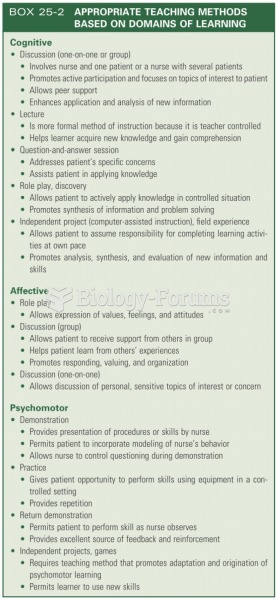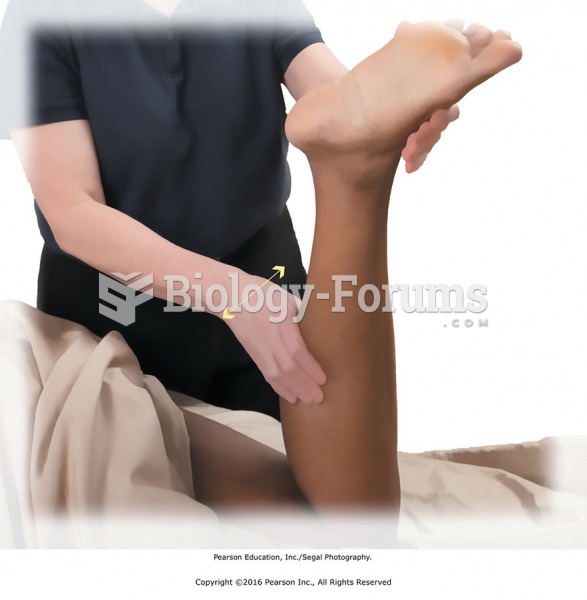Answer to Question 1
1,2
Rationale 1: Category A drugs are those in which controlled studies have failed to show a risk to the fetus and the possibility of fetal harm appears unlikely.
Rationale 2: Category B drugs are those in which animal-reproduction studies have not shown a fetal risk or adverse effect. Risks have not been confirmed in controlled studies in women.
Rationale 3: Category C drugs are those in which either studies in animals have revealed adverse effects on the fetus and there are no controlled studies in women or studies in women and animals are not advisable.
Rationale 4: Category D drugs are those in which there is confirmation of human fetal risk, but the benefits from use in pregnant women may be acceptable despite the risk (e.g., if the drug is needed in a life-threatening situation or for a serious disease for which safer drugs cannot be used).
Rationale 5: Category X drugs are those in which animal and human studies have shown fetal abnormalities. The drug is contraindicated in women who are or may become pregnant.
Global Rationale: Category A drugs are those in which controlled studies have failed to show a risk to the fetus and the possibility of fetal harm appears unlikely. Category B drugs are those in which animal-reproduction studies have not shown a fetal risk or adverse effect. Risks have not been confirmed in controlled studies in women. Category C drugs are those in which either studies in animals have revealed adverse effects on the fetus and there are no controlled studies in women or studies in women and animals are not advisable. Category D drugs are those in which there is confirmation of human fetal risk, but the benefits from use in pregnant women may be acceptable despite the risk (e.g., if the drug is needed in a life-threatening situation or for a serious disease for which safer drugs cannot be used). Category X drugs are those in which animal and human studies have shown fetal abnormalities. The drug is contraindicated in women who are or may become pregnant.
Answer to Question 2
D
Rationale: Category X drugs have animal and human studies that show fetal abnormalities. The drug is contraindicated in women who are or may become pregnant. Reliable pregnancy prevention measures must be followed.






